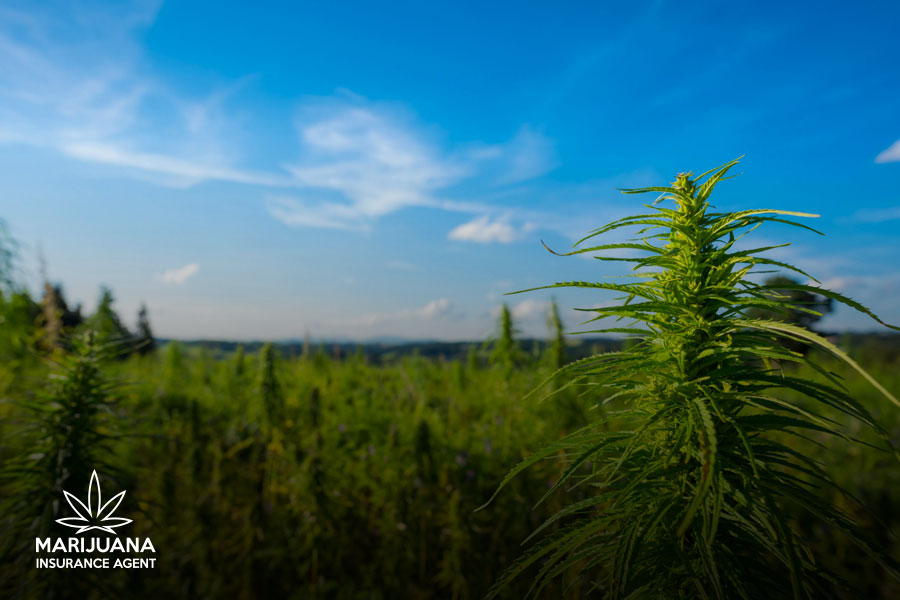Growing cannabis, especially outdoor cannabis, can be risky on many levels. Did you know that outdoor cannabis crops aren’t covered by standard crop insurance? Growers, farm owners, and investors are looking to mitigate risk on all fronts. This includes protection on some level from what the environment throws out there each season. From tornadoes to wildfires, hail to windstorms, weather’s whims have a tremendous impact on all farming — including cannabis.
In these situations, parametric insurance could be your new best friend. Consider this type of policy to protect your outdoor cannabis crop.
Let’s start with answering the questions you’re probably asking at this point . . . what the heck is parametric insurance? In a nutshell, parametric insurance is crop insurance with a payout that’s triggered after specific weather-related incidents.
For cannabis growers, having a parametric policy can be useful when changing from average, typical weather. This might be too much rainfall during a period, for example, or a freak hailstorm that levels the year’s crop. Parametric insurance policies are very regional-specific — so that means the weather-related parameters for Oregon wouldn’t be the same as those for Nevada, for example.
The beauty of parametric insurance is that the customer can customize the coverage. Once those parameters are set, the policy will pay out once the metric is “hit.” For cannabis crops, coverage may include drought, an early freeze, hail, rain, or wind. Each weather incident contains specifications. Mother Nature goes outside of the acceptable normal range, and coverage starts. The more incidents deviate from average, and the more likely the crop will be lost, the more likely the policy is to pay out until the limit is reached. Ba-zinga!
While traditional crop insurance doesn’t apply to outdoor cannabis farming, parametric insurance isn’t intended to be a stand-alone insurance program. While not widely available, parametric insurance is designed to supplement and fill in the coverage gaps that currently exist within standard insurance. That means it could very well be a godsend for those nature-made situations that are beyond a farmer’s control.
The best part of parametric insurance coverage? In a world of ambiguity, this insurance coverage is simple, based on hard, recorded data, and directly correlates to measurable weather events. Growers no longer have to assume all of the risks. It’s essential to have a clear understanding of all insurance policies and related coverage as it applies to a crop with extensive regulatory hurdles, massive investments in infrastructure, and, if you don’t play your cards right, huge liabilities in case the train goes off the rails. So talk to your insurance provider about parametric coverage. If your agent doesn’t know anything about it, seek out a broker who has experience with these policies. Get in touch with us to discuss your needs.

Leave A Comment